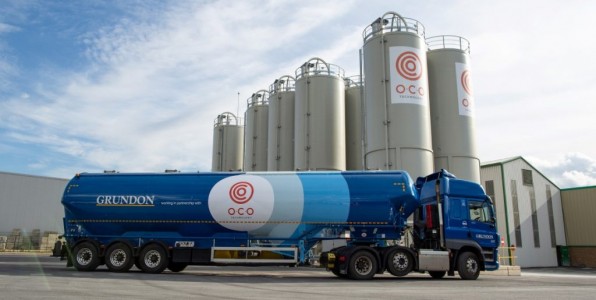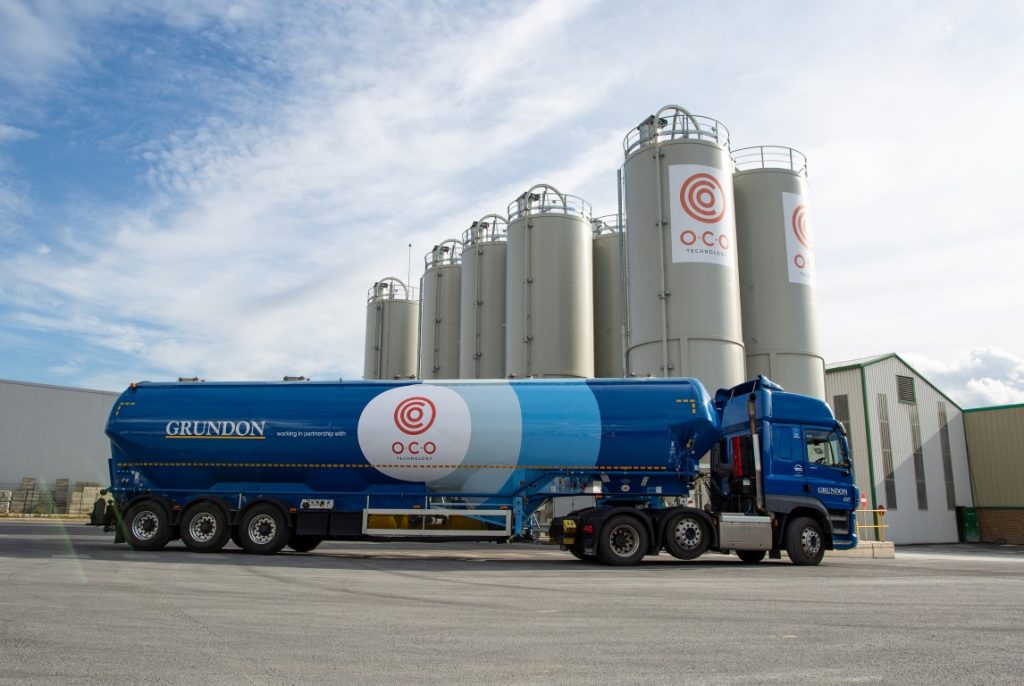O.C.O Technology wins contract for managing APCr at new Ferrybridge Multifuel 2 power station

O.C.O Technology wins contract for managing APCr at new Ferrybridge Multifuel 2 power station
O.C.O Technology
contract award for Ferrybridge Multifuel 2
O.C.O Technology has been awarded a 10-year contract with
Ferrybridge Multifuel 2 (FM2) for the management of Air Pollution Control
residues (APCr) arising from the new power station.
O.C.O will process the residues using its Accelerated Carbonation
Technology, whereby carbon dioxide reacts with the residues to create a carbon
negative aggregate product. This manufactured limestone has many
applications in construction, notably as an ingredient for use in the
production of building blocks.

The FM2 power station, which is expected to be commissioned by the
end of 2019, will export in excess of 80MW (gross) / 73.5MW (net) of
electricity to the local power network and the contract will ensure that up to
30,000 tonnes per year of the APCr is recycled, permanently capturing around
3,000 tonnes of carbon dioxide.
The 75,000 tonnes of manufactured limestone will also help
preserve natural resources, with significant environmental benefits. The
O.C.O process is unique in combining genuine carbon capture and utilisation
whilst advancing the circular economy.
Managing Director of O.C.O Technology, Steve Greig, said: “We are
delighted to have secured the contract. Our O.C.O facility in Leeds is gearing
up to process the additional inputs, with recruitment of a third shift and the
purchase of additional bulk powder tankers to transport the residues. The
contract confirms our status as one of the world’s leading proponents of carbon
capture and utilisation technology.�
Plant Manager for FM1 and FM2, Colin Drew, stated: “This contract
means that FM2 will be a ‘zero to landfill’ site, fulfilling our ambitions
towards sustainability. As O.C.O will process the APCr locally, the resulting
employment will be in West Yorkshire and the transport miles between our two
sites will be low, helping to minimise harm to the environment.�
Comments are closed